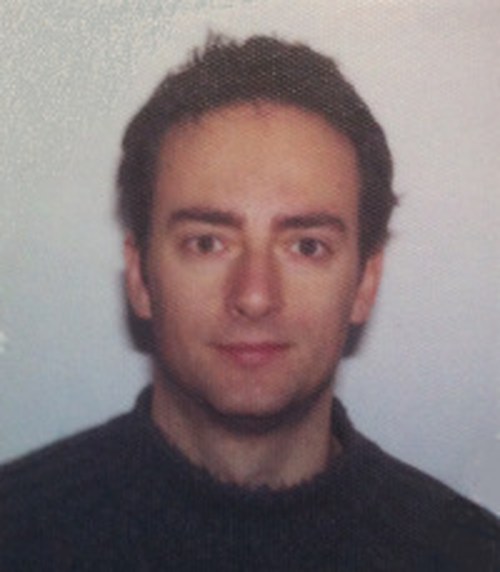Contact Name: Prof. Alessandro Vanelli-Coralli
About the speaker
Alessandro Luigi Iommi (alessandro.iommi@transport.alstom.com) received Five Year Master Degree in Telecommunications Engineering from the “Politecnico di Milano” in October 1999 with a dissertation on a development of a new optical fiber filter: the topic was addressed during a twelve‑months internship in the R&D division of Pirelli Optical Systems S.p.A in Milan, yielding the US Patent No: 7177511- European No. EP1202089: Optical fiber filter. In 2001, he joined Sirti S.p.A working on planning and design of Lombardia GSM network; from 2002 to 2003 he worked for Acantho operator for designing fiber optic networks (LAN/WAN) with Gigabit Ethernet technology.
Since 2004, he is with ALSTOM Transport SpA, for designing and development telecommunication networks implemented with different technologies using Layer 2 or Layer 3 (OSPF, VPN) protocols on WAN technologies (SDH, 1/10Gb optical fiber, SHDSL); for designing IP networks and server systems (clustering, Hyper-V virtualization, SAN, 10Gb network data center) for mission critical projects in Railway and Metro traffic management based on SCADA software and for managing the IT architecture’s entire lifecycle (design definition, implementation, integration, tests, adaptive and perfective maintenance of hundreds of nodes, including security equipment as firewalls and NAC).
Abstract
In Railway applications, networks and IT systems aim at assuring stability and performance to minimize down-time in rail traffic circulation. In order to achieve these goals, steady technologies and architectures have to be applied in real systems. Cutting-edge technologies are instead investigated in laboratory by using test-bench for future applications.
For centralized rail traffic control, wide area networks (WAN) and data center networks (10GB LAN) are deployed for fulfilling traffic management systems (TMS) requirements and functionalities. In details, WAN network infrastructures are designed to be resilient to single fault with fast recovery time (100ms) to prevent out of service in rail traffic circulation. For example all equipment are redundant and double-ring architectures (based on optical cables and MPLS protocol) are implemented. LAN data center networks are based on redundant devices and cables in a 10GB technology with loop-free solutions (no-spanning tree needed). IT data center is realized with virtualization technology for increasing server resiliency and ensuring a no-stop operation h24 7x7.
A real case of TMS application will be presented (East Denmark Rail ALSTOM on-going project) for a better understanding of networks and IT architectures previously described.
Main topics:
- An introduction and a general overview on TMS
- Requirements (recovery time, delay, resiliency, ect.) and technologies (1/10Gb FO, SDH, MPLS) for TMS TLC network infrastructure
- Requirements and constraints for fault tolerant TM systems (failover clustering feature, computational power, resiliency, flexibility, agility)
- Virtualization –based BCDR (Business continuity and Disaster Recovery) architecture and private cloud for TMS applications
- Usage of thin clients in a centrally managed computer systems
- Future evolutions: from private to public could ?
- An example of Rail network and system architecture deployment: strengths, performance and issues
